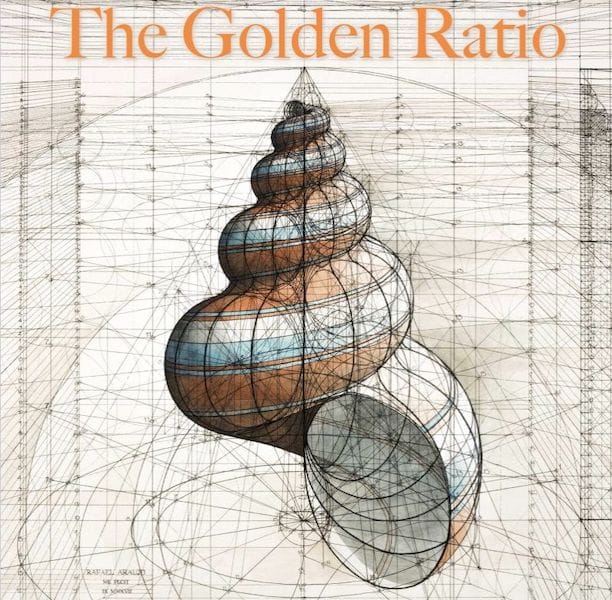![The Golden Ratio [Source: Amazon]](https://fabbaloo.com/wp-content/uploads/2020/05/image-asset_img_5eb093947017b.jpg)
This week’s selection is “The Golden Ratio: The Divine Beauty of Mathematics” by Gary B. Meisner.
This is definitely not a book about 3D printing, but it does seem to be one that 3D print practitioners and especially 3D modelers could appreciate.
The golden ratio is something that more people should be aware of. The much more familiar π (pi) is used in a wide variety of mathematical equations, some of which you might use when devising your 3D models for 3D printing.
Like π, the golden ratio is represented by a greek letter, Φ (phi). It’s a formally irrational number that begins with 1.618 and goes on forever.
Where Did Phi Come From?
Like π, Φ is a ratio. Specifically, it’s a unique ratio obtained between two numbers. Wikipedia explains:
“In mathematics, two quantities are in the golden ratio if their ratio is the same as the ratio of their sum to the larger of the two quantities.”
This diagram, also from Wikipedia, explains graphically how the ratio works:
![Line segments in the golden ratio: The golden ratio (phi) represented as a line divided into two segments a and b, such that the entire line is to the longer a segment as the a segment is to the shorter b segment. [Source: Wikipedia]](https://fabbaloo.com/wp-content/uploads/2020/05/Goldenratioline_img_5eb09394c0d64.png)
Why is the Golden Ratio Important?
It turns out that this ratio appears almost magically in many physical manifestations. In the world of architecture, it has been seen as a way to develop structures that are visually pleasing, suggesting that there is some connection between our brains and the golden ratio.
Similarly, in art, the golden ratio appears consistently in the works of certain artists, who felt the ratio was an important element they should build upon.
Golden Ratio Properties
It’s a very curious number that has other unique properties. For example, it is the only number in existence whose reciprocal is equal to itself minus one. In other words, 1 / 1.618~ is equal to 0.618~.
Another weird property of the golden ratio is that its square is exactly one more than itself. That would be: 1.618~ ^2 = 1.618~ + 1.
There are many other bizarre properties for this unusual number and even some practical applications. That’s what this book is about. Meisner takes us through the history of the golden ratio, which is quite interesting and spans many cultures, including some basic mathematical explanations that everyone should be able to understand.
Finally, Meisner explains some rather deep concepts of how the golden ratio fits into life and the universe itself.
Via Amazon











This week’s selection is “3D Printing Projects” by Dorling Kindersley, a.k.a. “DK”.